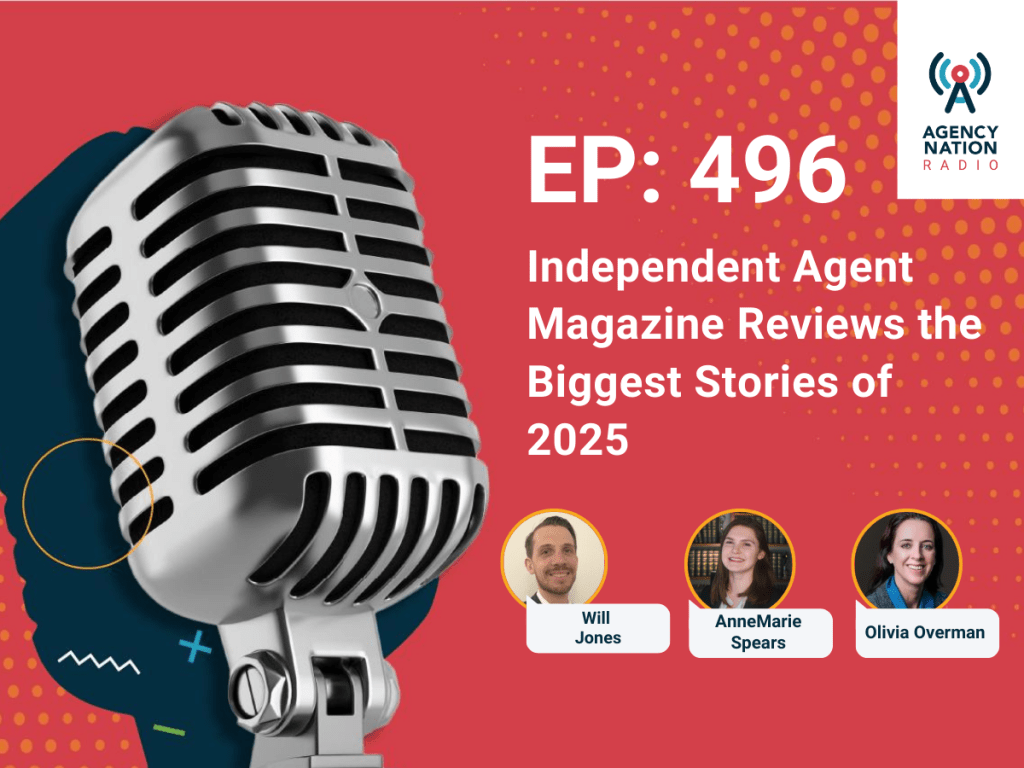What Types of Interest Rates Do Lenders Use?

By Alicia Chandler
The recent rate cuts by the Federal Reserve have prompted more agency owners to think about ways to grow their businesses. With the cost of borrowing starting to ease, many agency owners feel now may be the time to take a chance on new growth initiatives aided through debt financing.
Not all lenders are the same, however, and knowing more about the ways interest rates are determined can help agency owners make educated choices about their financing partners.
The classic route for growth is through mergers & acquisitions (M&A). The past few years have been complicated for agency M&A, according to Sica Fletcher, an insurance industry M&A advisory firm. While 2024 has seen a continued decrease in deal volume, EBITDA (earnings before interest, taxes, depreciation, and amortization) multiples are at an all-time high.
Sica Fletcher notes that equity is becoming a larger part of insurance deals, with the full deal process taking longer than in the past.
However, paths to growth are diversifying. Investing in technology is a popular route to growth with insurance agencies beginning to embrace the advantages that artificial intelligence (AI) and other technological tools can bring to their practices. Improved customer service, more personalized products and pricing, and streamlined workflow are only a few of the benefits InsurTech adopters are seeing.
Building a stronger production team is yet another strategy for growing an agency. In some cases, bringing on new talent—especially those with specialized skills—may involve merging with or acquiring another agency. In other situations, hiring new team members may require a working capital loan to help cover payroll until they become fully productive.
Interest Rates
Whatever route an agency’s growth plans take, debt financing is likely to be part of the process—and choosing a lender to help finance insurance agency growth is a big decision. Knowing the ins and outs of how lenders structure loans, including which benchmark a lender uses to determine rates, can influence a borrower’s choice of financial partner.
Lenders set the interest rate for a loan based on several factors, including rates set by federal agencies, the borrower’s credit rating, the purpose of the loan and market conditions. Most will start with one of the federal rates, then add another factor based on other elements of the request. Different lenders, however, use different federal rates as their benchmark.
More on Agency valuation
Here are the three types of rates:
1) Federal funds rate. When economists say, “The Fed is deciding whether to cut rates,” this benchmark is the rate they’re referencing. To help secure the U.S. banking industry, financial institutions must keep a certain percentage of their depositor’s holdings in the Federal Reserve Bank.
On a day-to-day basis, some banks will have more cash on hand than necessary to meet their reserve requirements and some will have less. Banks with low cash holdings can borrow from those that have more than they need. The rolling average of the interest charged on these overnight transfer loans is the Federal Funds Rate (FFR).
Interestingly, the Federal Open Market Committee of the Fed does not set the FFR. Instead, it sets a target rate and then makes other changes to help keep the rate in the target range.
2) Prime rate. Banks, through market forces, set the prime rate. The prime rate is the interest rate banks charge their most credit-worthy borrowers. It usually sits at the FFR plus 3%. Many lenders use the prime rate as a benchmark for other types of loans, applying an additional factor that reflects the nature of the loan and the creditworthiness of the borrower. The prime rate is often used as the basis for variable-rate loans.
3) Treasury rate or yield. Some lenders base their lending rates on the annual interest rates for various types of U.S. government debts. Often, they will use short-term yields, such as the one-month Treasury yield for variable-rate loans. Lenders will use longer-term yields, such as that from the 10-year Treasury note, for fixed-rate loans.
Treasury rates are based on the expectations of sophisticated buyers and sellers in the secondary bond market, and thus they reflect investor confidence. From April 25 to Nov. 7, the 10-year Treasury yield fell from 4.70% to 4.31%.
Whether lenders use the prime rate or Treasury yield as their base rate, they typically add a spread to determine the final interest rate. This spread is largely influenced by the perceived risk associated with the borrower. Factors like EBITDA (earnings before interest, taxes, depreciation and amortization), cash flow, and loan purpose play a significant role in assessing this risk. Lenders generally prefer strong EBITDA and consistent cash flow to ensure repayment. Working capital and debt consolidation loans often carry lower risk compared to acquisition loans due to fewer complexities and involved parties. Therefore, it is crucial to work with a lender who understands the unique nuances of the insurance industry, as they can provide a tailored solution with a more accurate risk assessment.
Alicia Chandler is president of Indianapolis-based Oak Street Funding, a First Financial Bank company, with customized loan products and services for specialty lines of business including certified public accountants, registered investment advisors and insurance agents nationwide.










